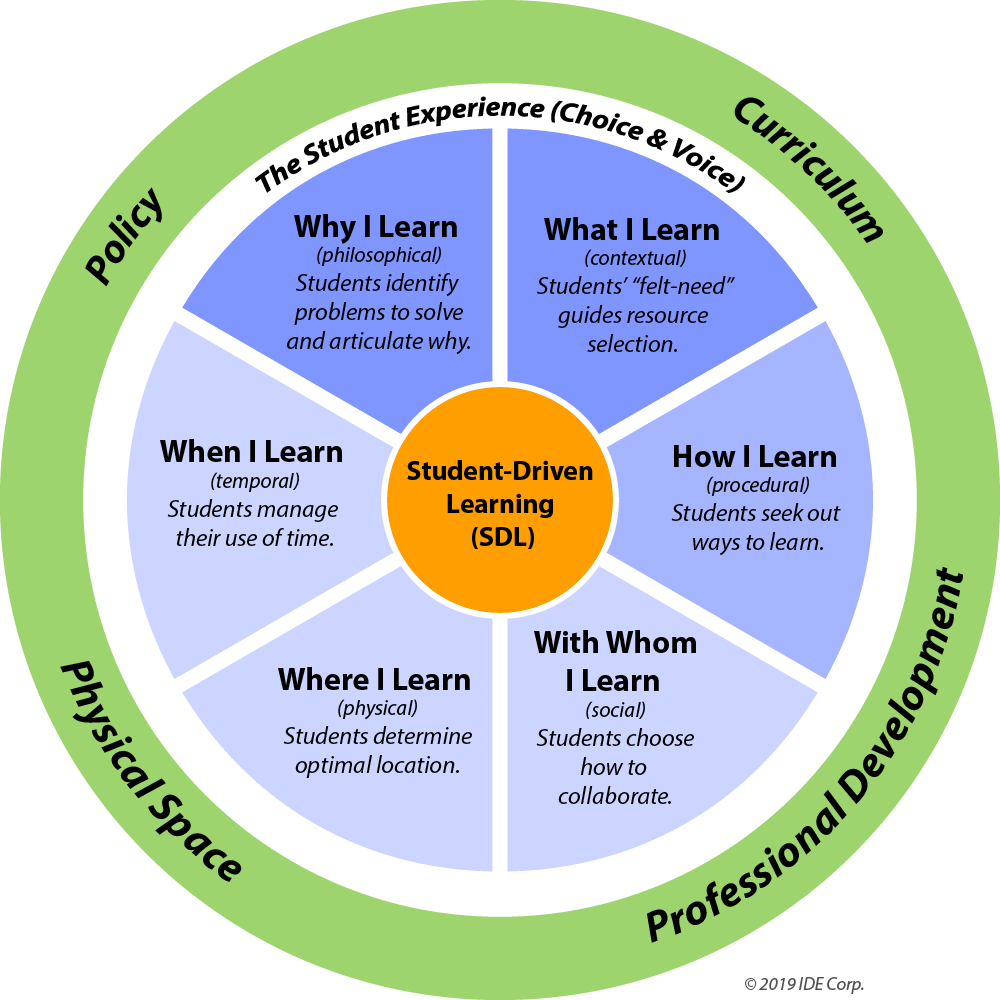The year 2020 reminds me of perfect vision! 2019 was a year of many initiatives, goals, and needs; it’s time to put everything in focus. This post is one in a series of six to get ready for the new year. . . .
Higher test scores, social and emotional learning, equity-driven classrooms, personalized learning, blended learning environments, and more are the goals schools are taking into 2020. When I focus in on the aspects of each, one commonality emerges: executive function. It is the basis, and thus, the fuel, for achieving all of these goals and more. It is the link that holds all of your instructional goals together!

Too often, educators think executive function is only for students who are lacking. Let me tell you . . . adults could use some fine-tuning, too! Ha ha ha!
Consider the 40 common skills of executive function and how they are necessary for accomplishing increasingly more complex life skills (download here).

To achieve at high levels, students need the ability, e.g., to focus, attend to a person or activity, and catch and correct errors.
To possess social and emotional well- being, students need the ability, e.g., to self-assess, think before acting, and manage conflicting thoughts.
To engage in an equity-driven classroom, students need the ability, e.g., to be open to others’ points of view, see multiple sides to a situation, and work toward a goal.
To engage in personalized learning, students need the ability, e.g., to set goals, monitor performance, initiate a task, and reflect on goals.
To benefit from a blended learning environment, students need the ability, e.g., to initiate a task, follow multiple steps, and manage time.
My point is . . . no matter what your instructional goals, there is a powerful fuel that will drive students to achieve great things. So, while working to achieve your goals, focus on building executive function, not just through lessons or activities, but more so from classroom structures and facilitation strategies:
- – Use structures, such as “If . . . Then” cards to help students manage their own actions and distractions to achieve their goals.
- – Have students schedule how they use their time.
- – Use a Great Student Rubric (multiple versions available as models) to present leveled expectations for students to use for personal goal-setting.
- – Create academic learning centers (at all grade levels) so that students must follow step-by-step directions, often with peers, to accomplish the task.
- – Consider teaching through real-world problems, as solving a problem requires and builds many executive function skills.
- – Redesign the physical structure of the classroom and allow students to choose where they engage in learning based on the activity.
- – When facilitating learning, ask questions that require increasingly stronger executive function skills.
You can build executive function skills by moving toward more student-driven learning environments, where students need to make good decisions. Any educator can embrace the light and medium blue areas of student-driven learning to build executive function. (Dark blue areas have broader curricular considerations.)
Click here for a copy of the above student-driven learning component chart. Click here for the Student-Driven Learning Continuum with definitions.
If you’re running a Learner-Active, Technology-Infused Classroom, this chart will show you how the various structures of LATIC support executive function. It is the ultimate learning environment for building a culture of executive function.
So as you establish your instructional goals, remember: A focus on building learning environments that support executive function will fuel student success in achieving them.
More Resources:
- – EdQuiddity Inc. offers online workshops on executive function: getting started and creating a classroom culture of executive function.
- – My book Building Executive Function: The Missing Link to Student Achievement (we’ve created book study questions for it).

